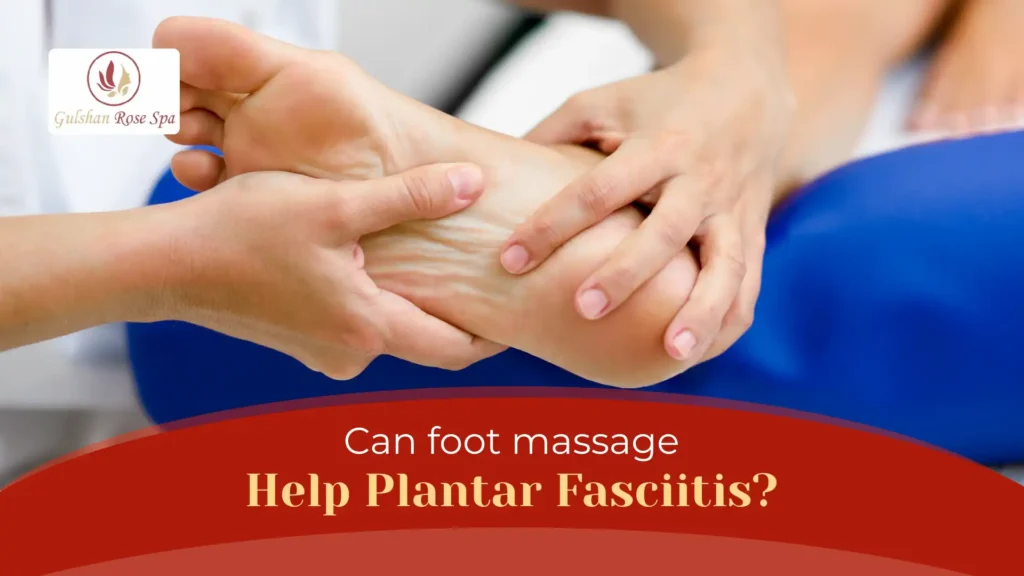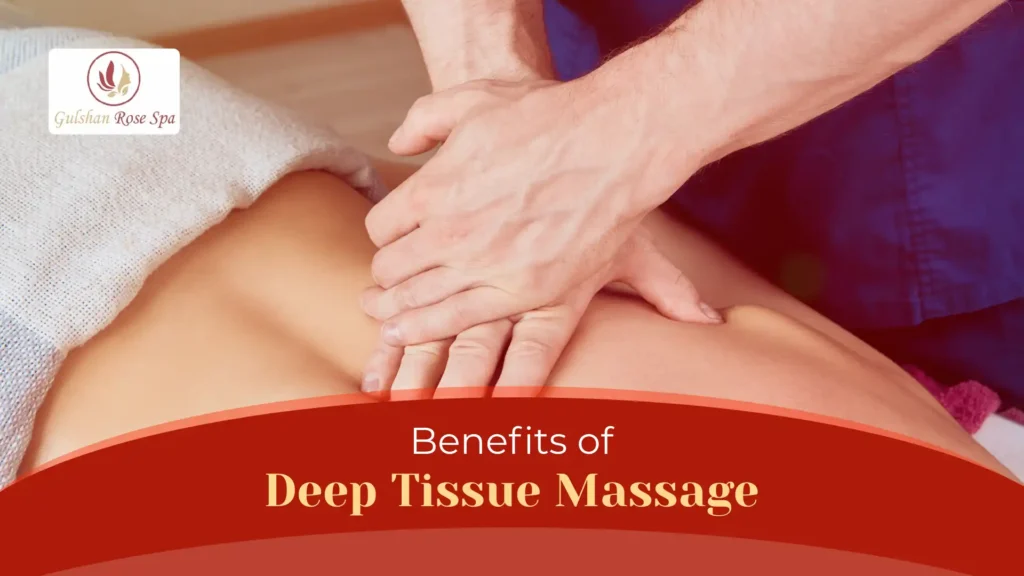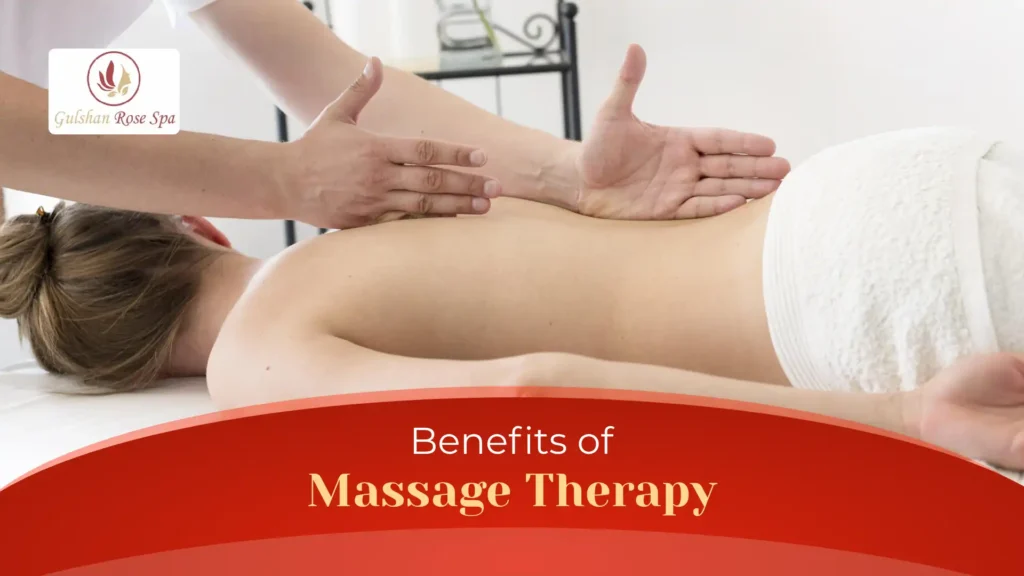Can Foot Massage Help Plantar Fasciitis?

Are you tired of battling heel pain or searching for the answer to the question, “Can foot massage help plantar fasciitis?” If so, you are not alone. Relax; we are here to assist you in providing the truth. Every year, a large number of people experience plantar fasciitis (a type of chronic heel pain). These […]
A Comprehension on Benefits of Deep Tissue Massage

At present, people enjoying deep tissue massage. Deep tissue massage is one advanced massage technique to address certain issues. This blog will find out everything about benefits of a deep tissue massage. We’ll explain the benefits of having a deep tissue massage in details. If you’re looking to know about the deep tissue massage and […]
Top 10 Benefits of Massage Therapy

Hey, curious mind! You are here, which means you are interested in learning about the benefits of massage therapy. Perhaps you are experiencing unbearable back, shoulder, or neck pain. These traditional messages can help you get rid of it. Massage therapy has many benefits, which we discuss in this article. Keep reading and learn more […]

